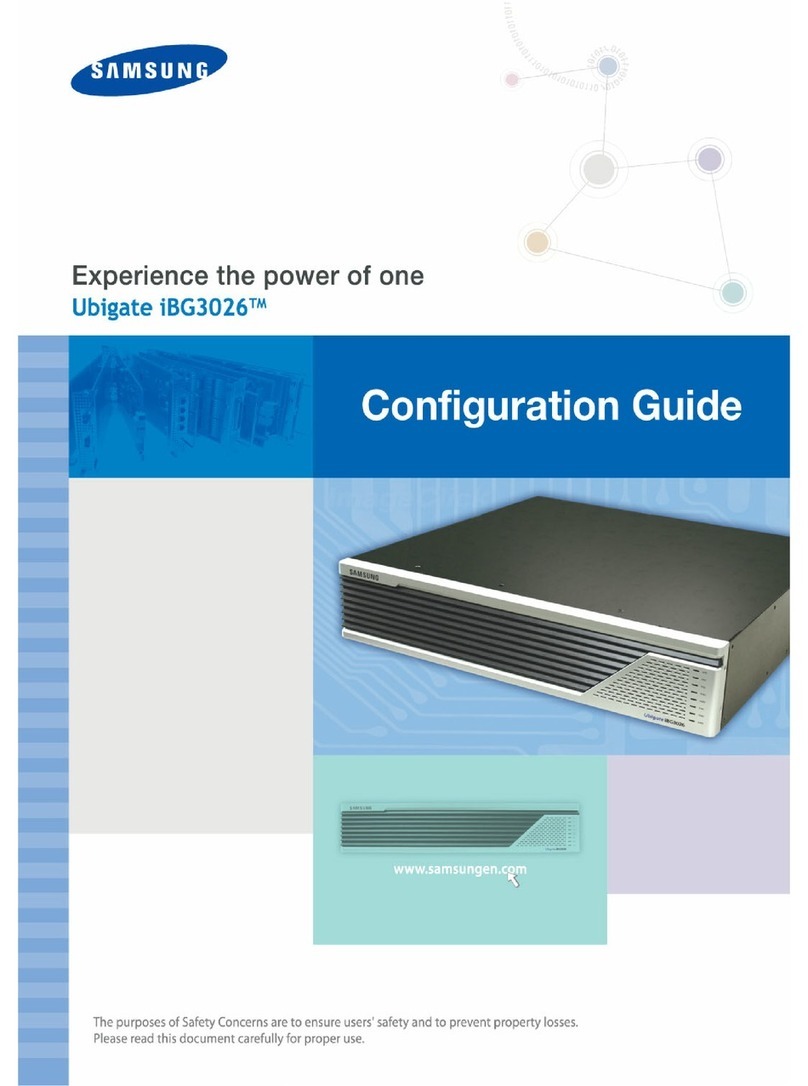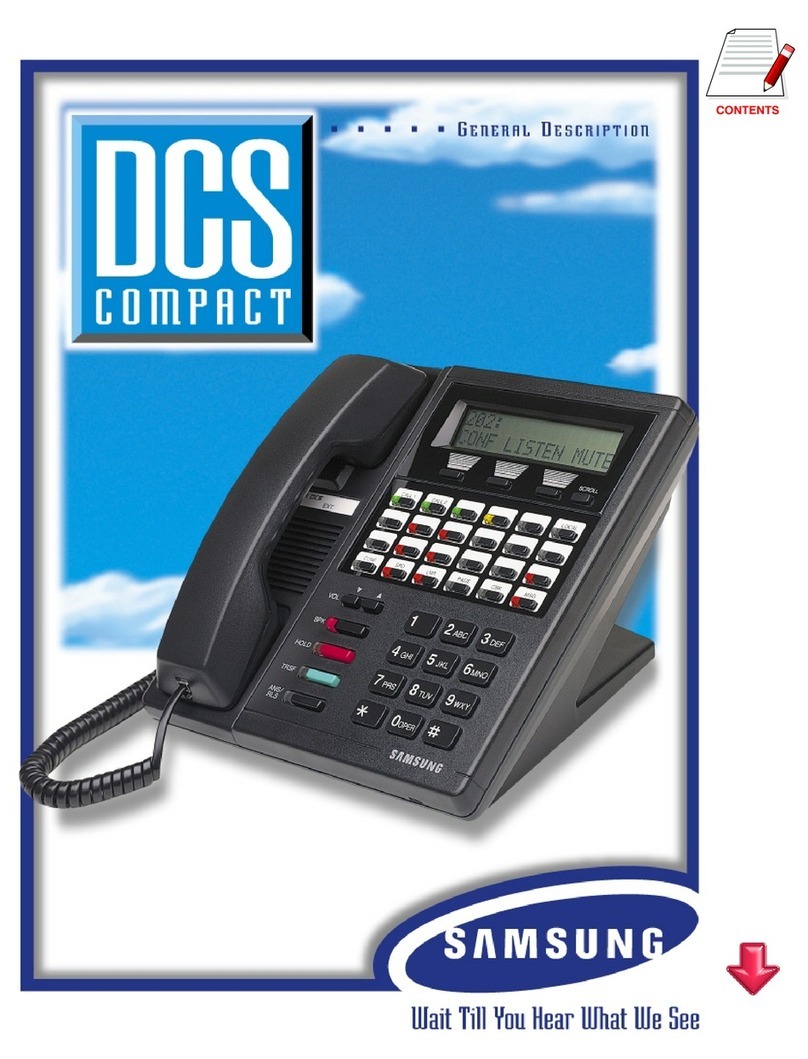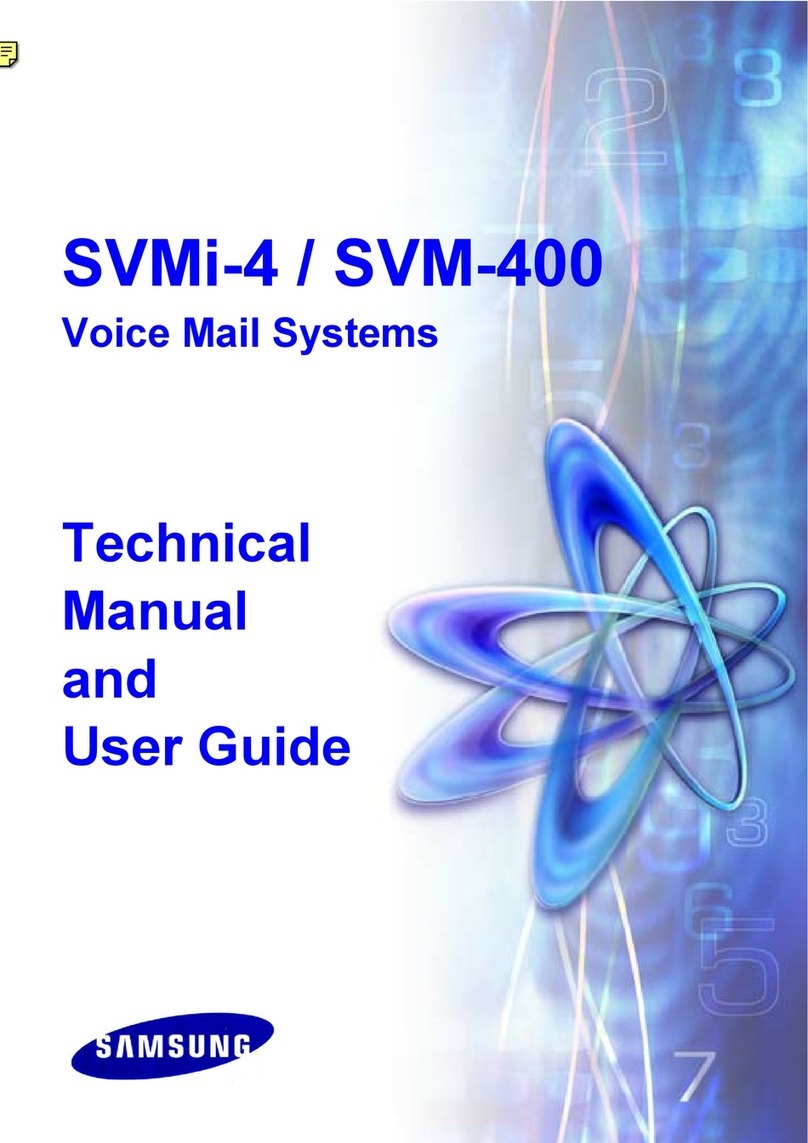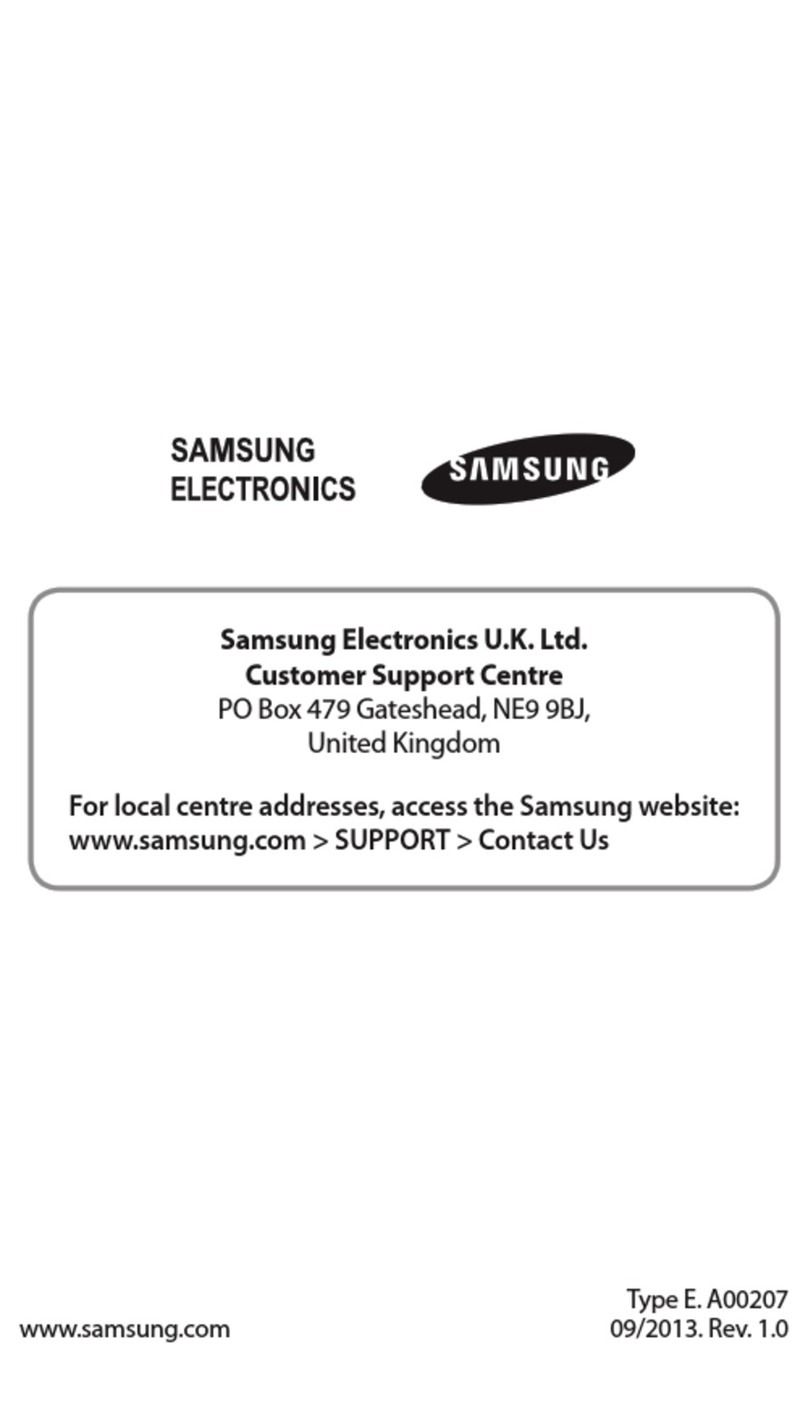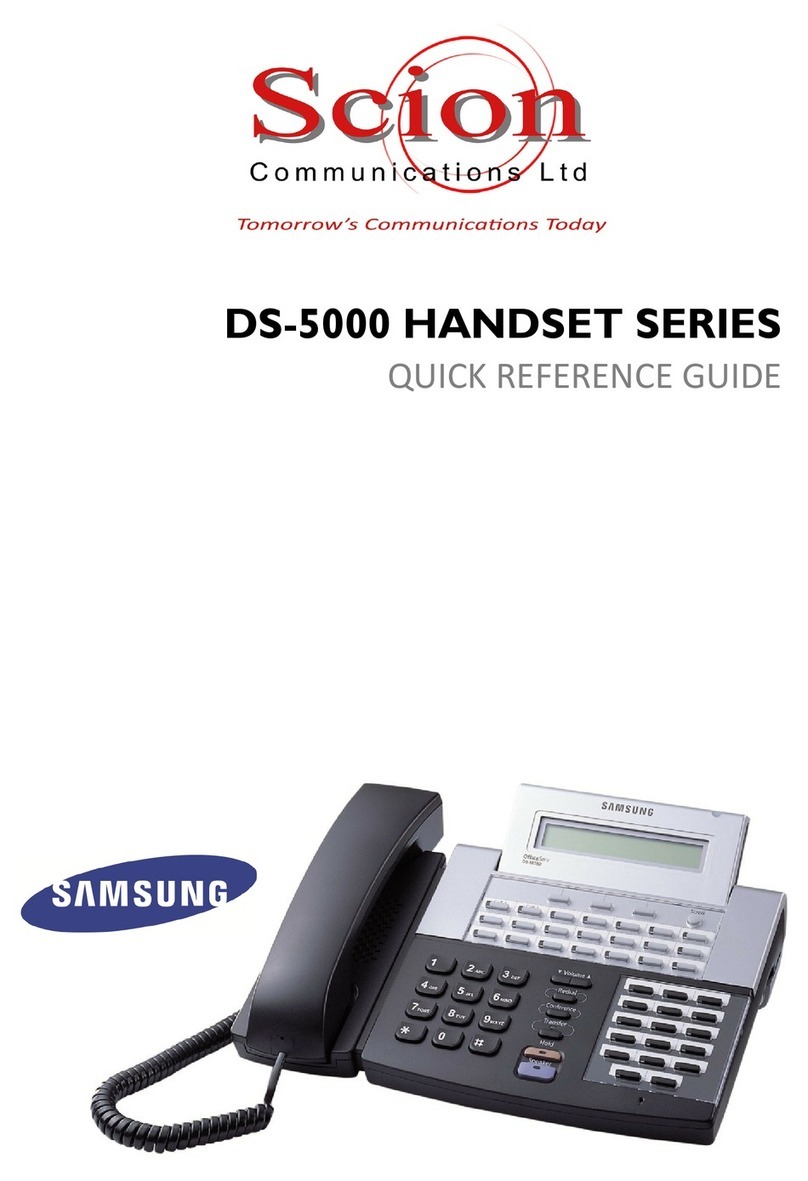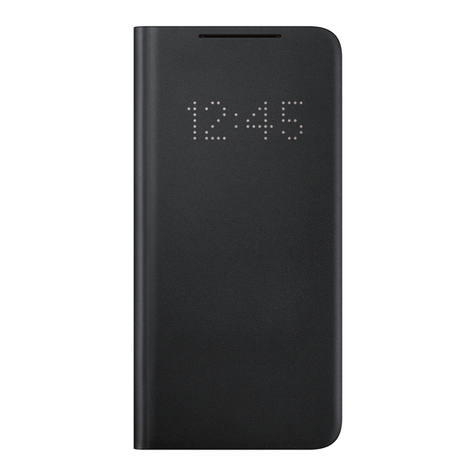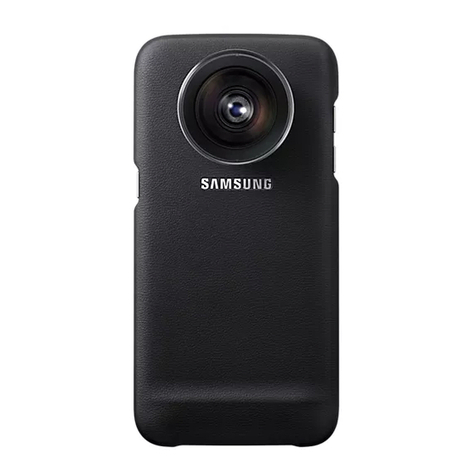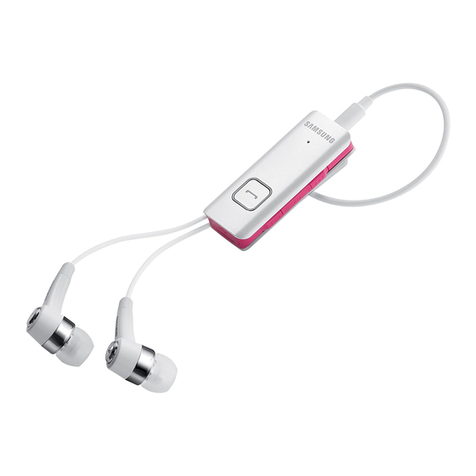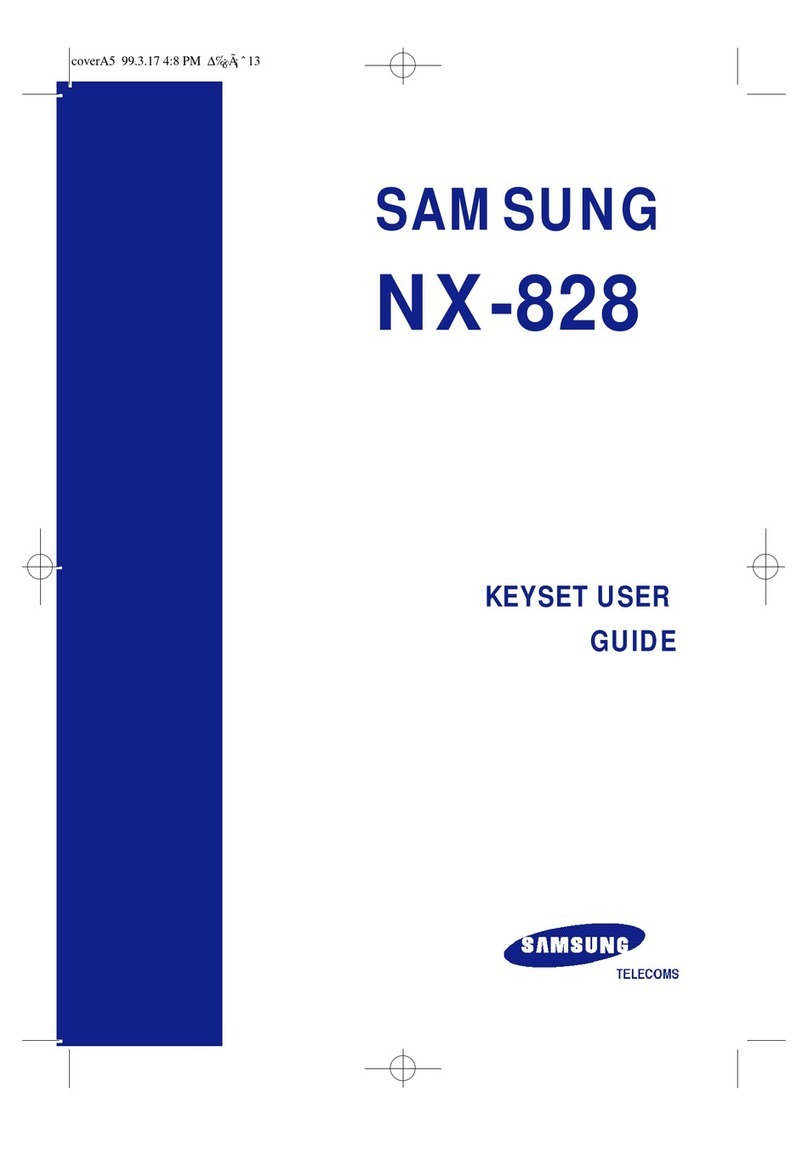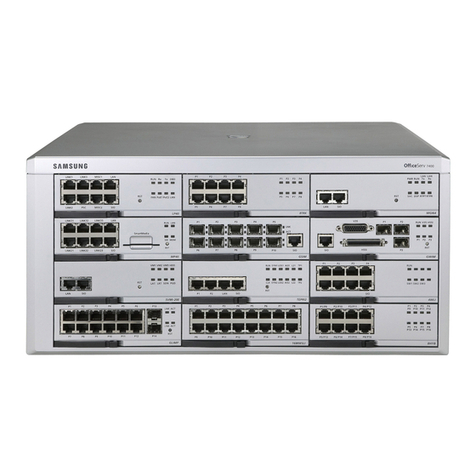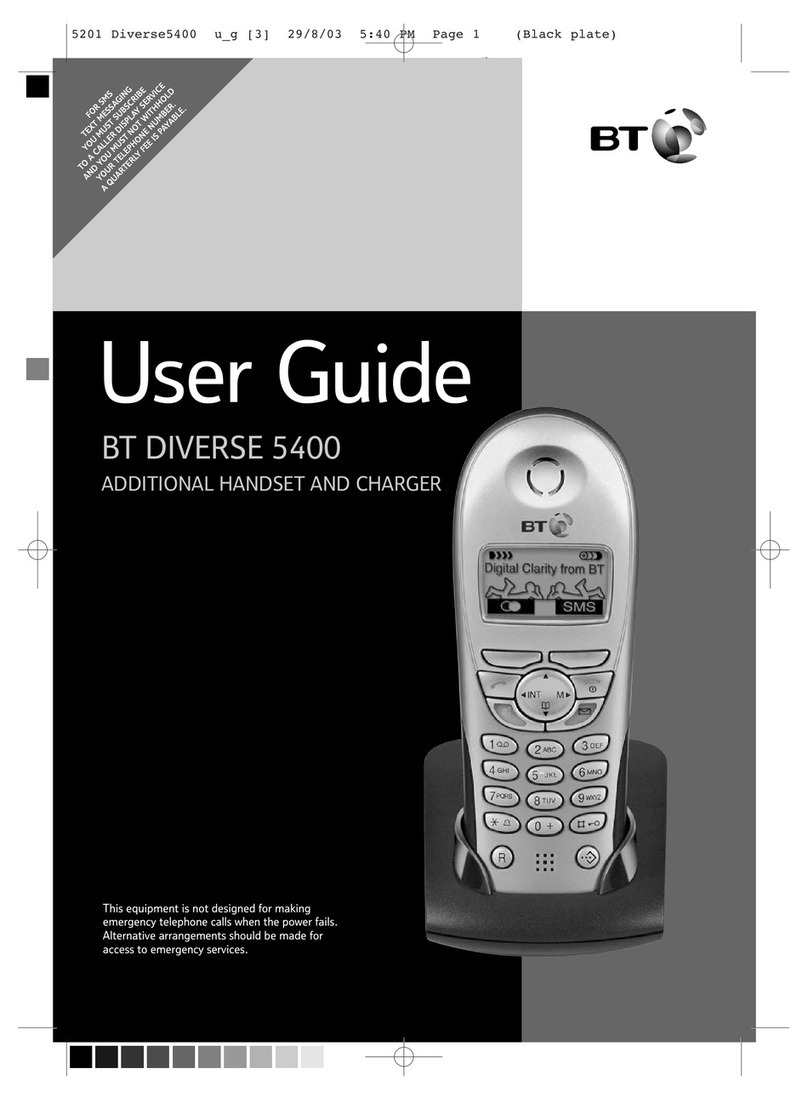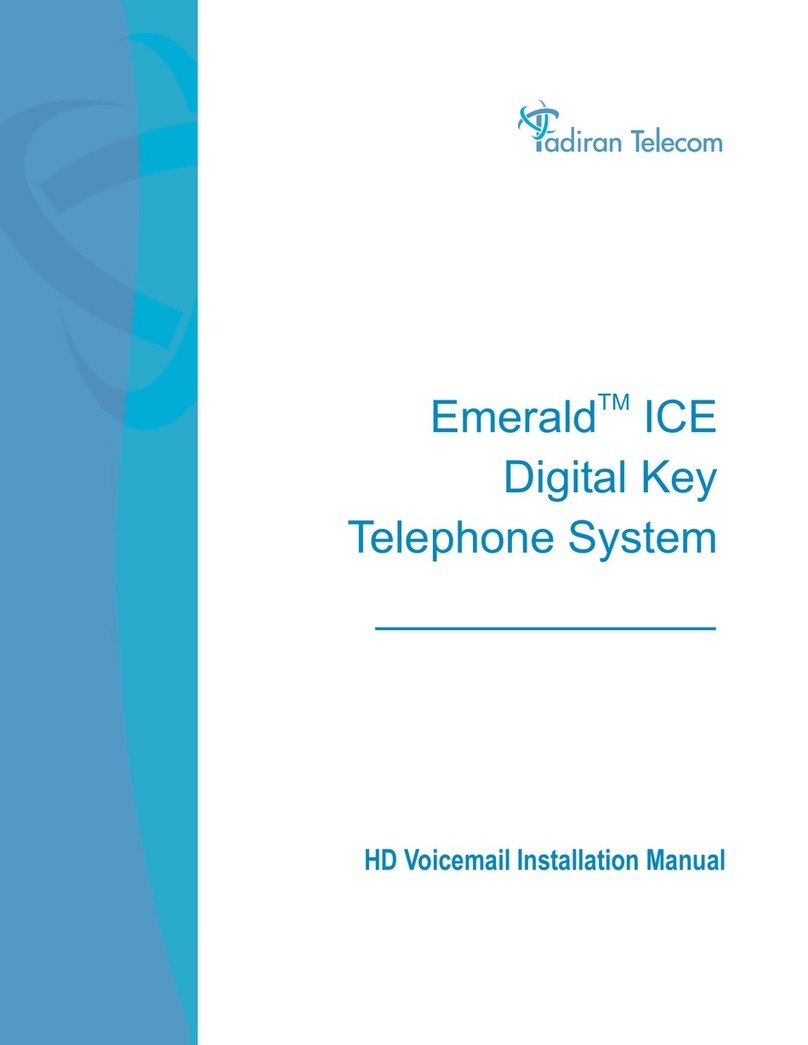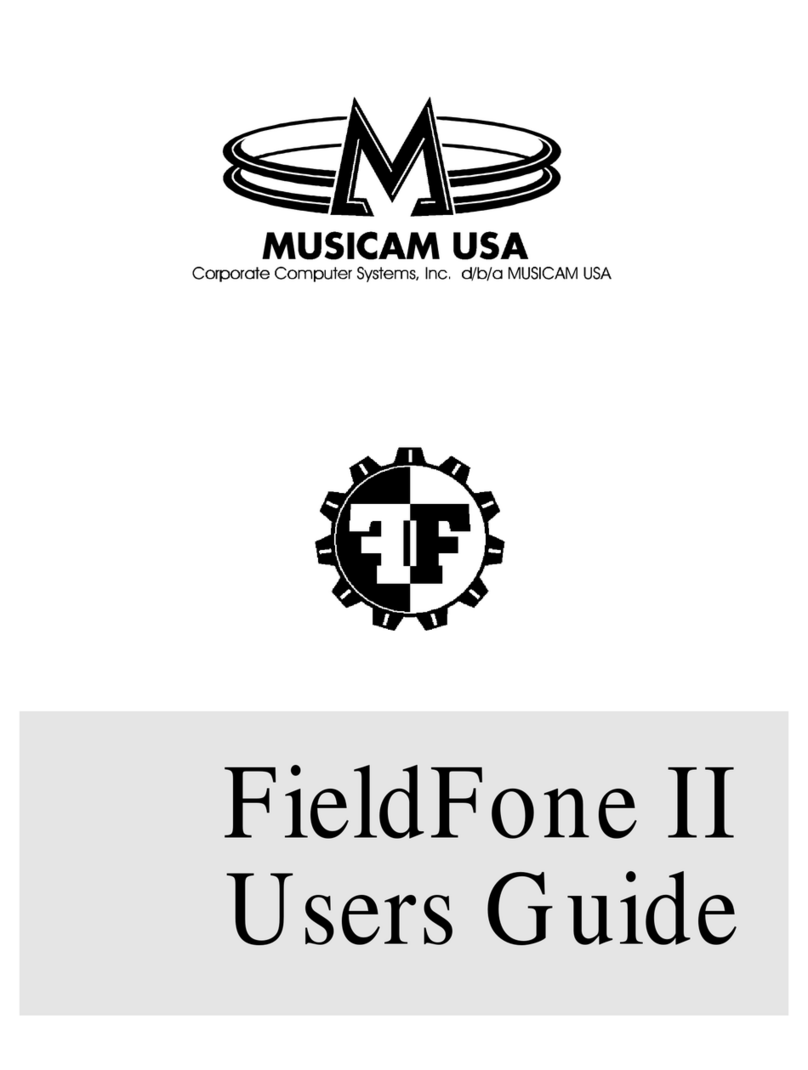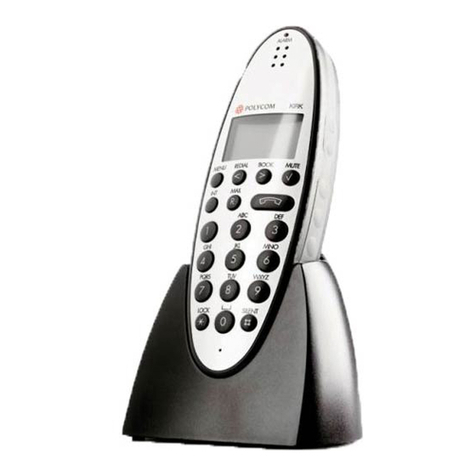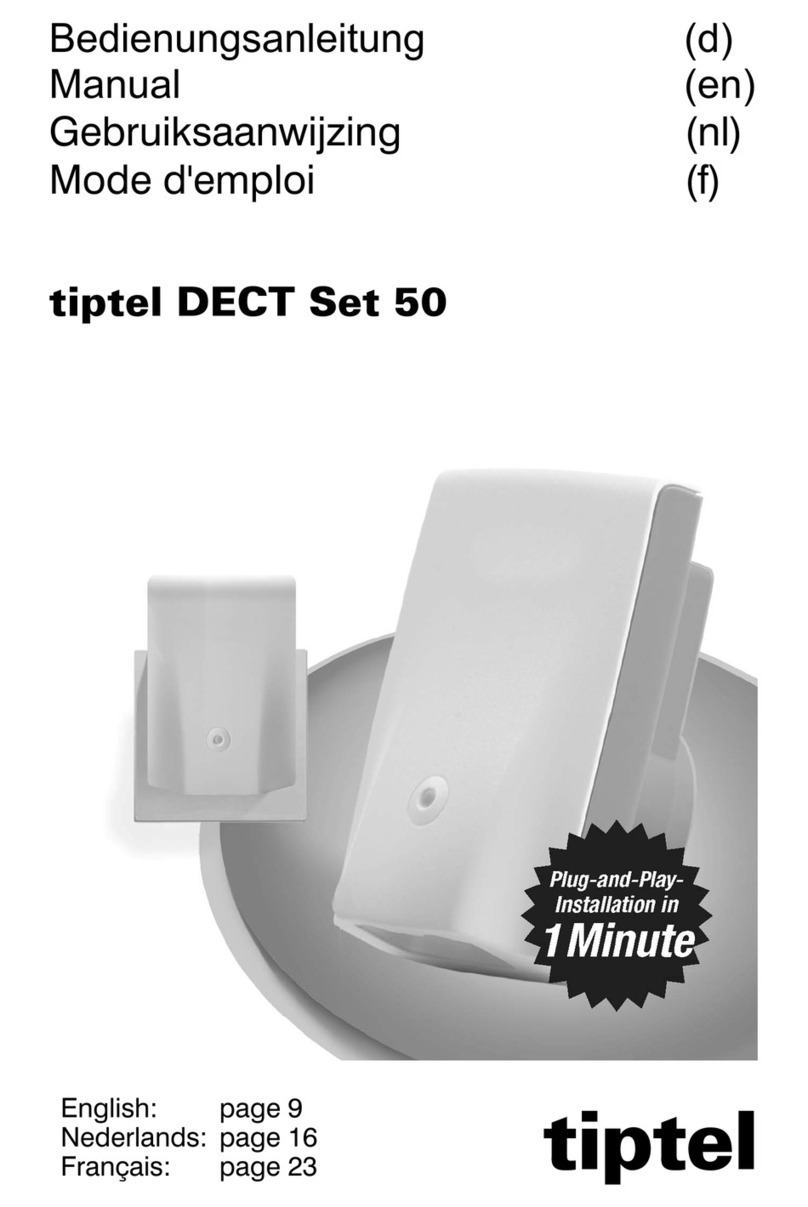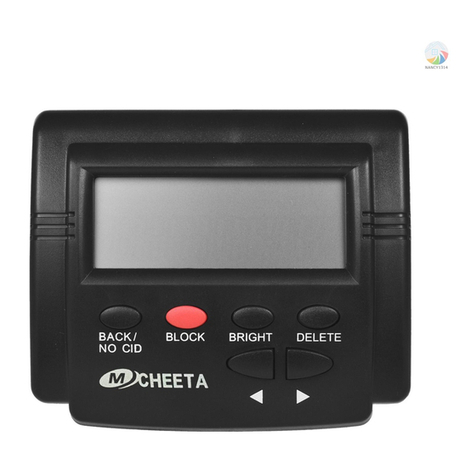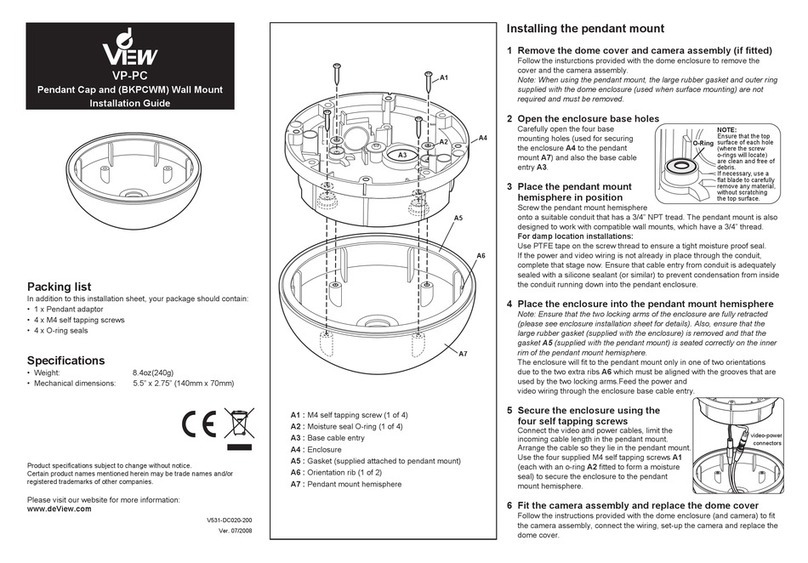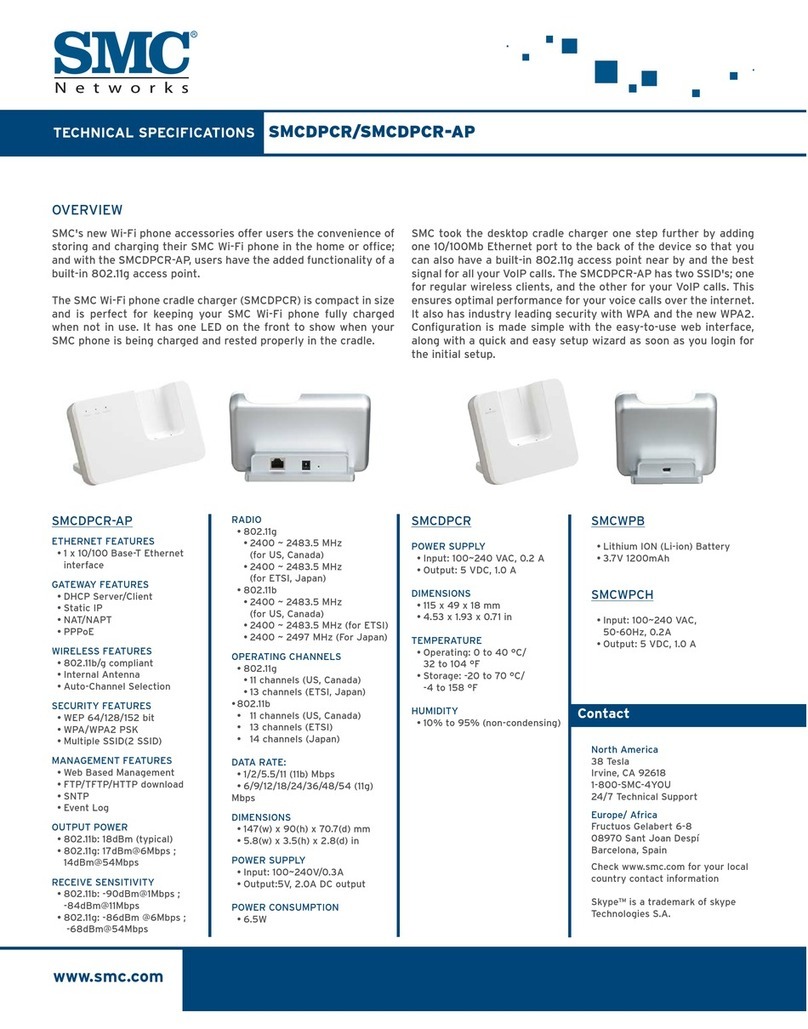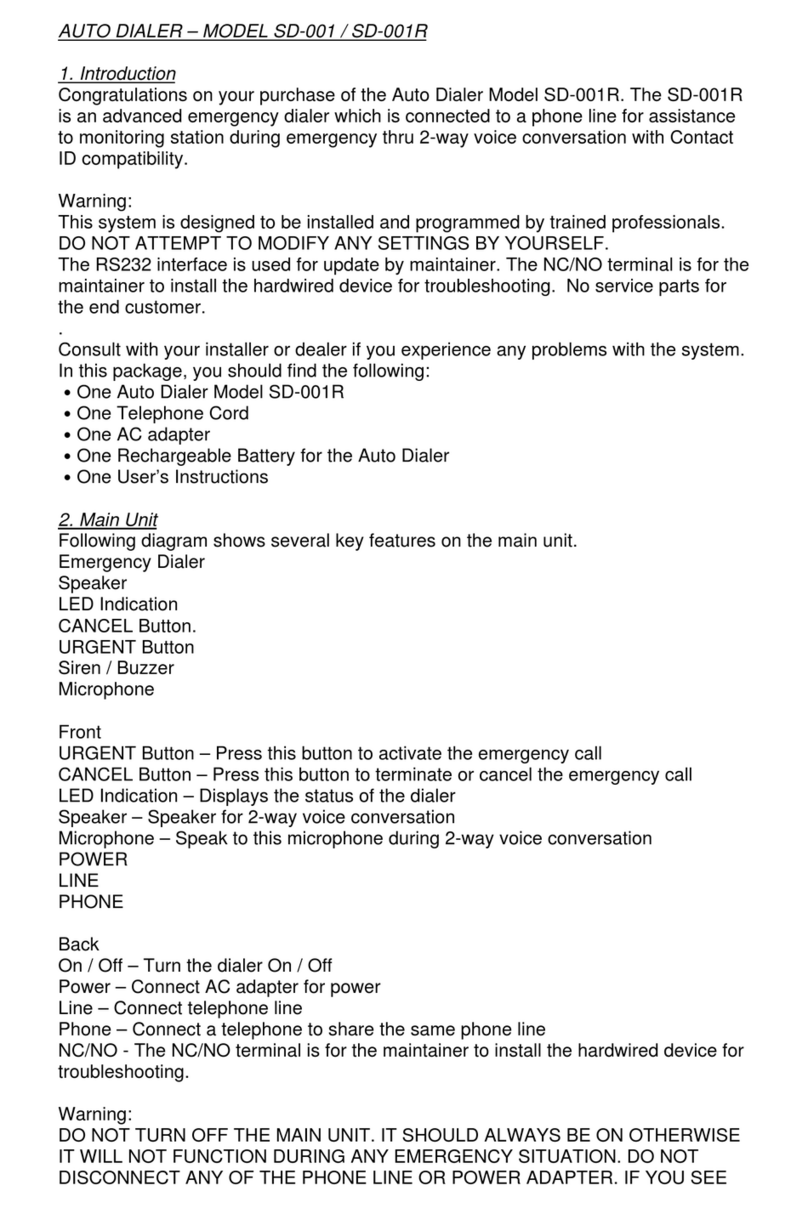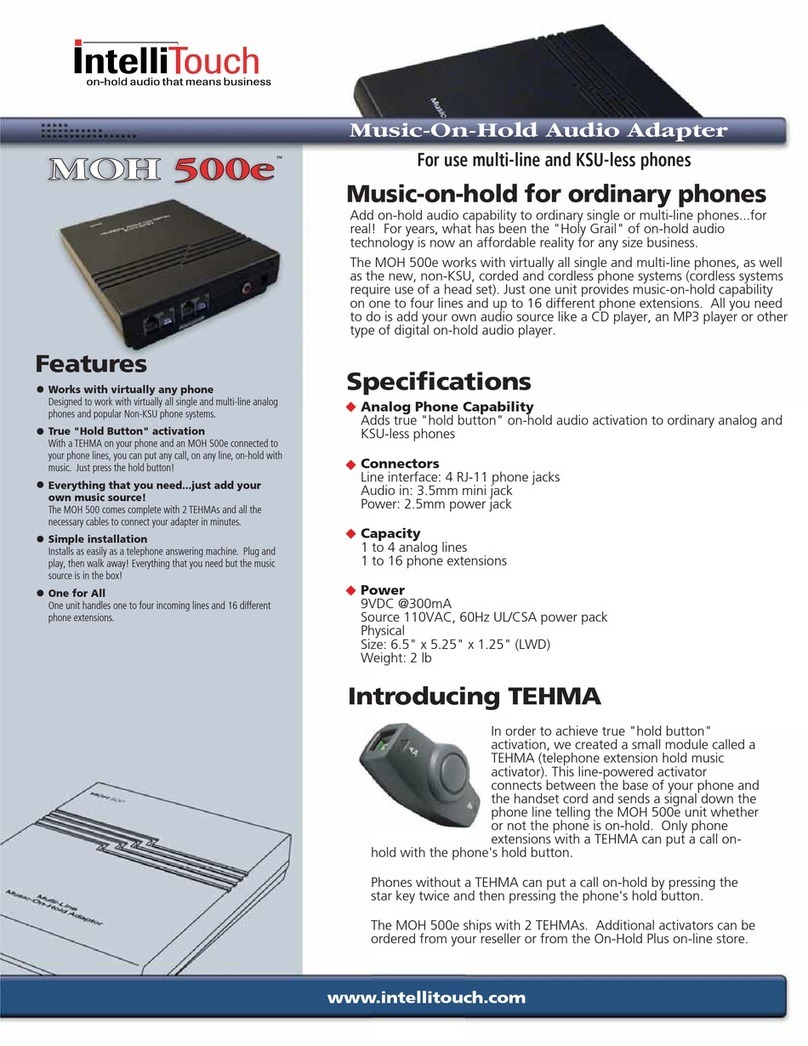DCS Compact II General Description Chapter 1. System Overview
1-2
1.2 Size and Configuration
The DCS Compact II system consists of the basic Key Service Unit, an Expansion
cabinet and Interface cards and Digital keysets. The Key Service Unit begins with
eight (8) keyset ports expandable to 18 analogue C.O. line ports, or 24lines if 4
BRI cards are used, or 32 stations. In addition, up to 8keyset daughter boards
may be added to the system along with the optional 2 SLI card.
The Expansion cabinet has three Universal slots and one DCS slot for PRI or VM
service, which provides the maximum configuration of 66 ports with analogue
trunk lines or 88 ports with Digital trunk lines.
Two types of telephones can be connected to the system: proprietary digital
stations called "keysets" that connect to DLI (Digital Line Interface) ports and
standard telephone sets, generally called "single line telephones", that connect to
SLI (Single Line Interface) ports.
The system also has an optional Miscellaneous card which provides Music on
Hold facilities,two serial I/O ports and other useful facilities.
The following charts (Figures 1–1 and 1–2) describe configurations using the
basic Key Service Unit (KSU), an Expansion cabinet and expansion cards.
However, by using the DCS's unique keyset daughter boards (KDbs), which are
installed in the base of a digital keyset, the capacity of the system can be increased
by one station per KDb. Installing a KDb–DLI adds another digital port while a
KDb–SLI adds a single line port. Mix and match these two types of KDb to get up
to a total of 8KDbs in the system. Using this method allows the DCS Compact II
to expand to a maximum of 64 stations. Adding the optional 2 SLI card to the
KSU provides a further two SLI ports. The combination of the basic 008 KSU plus
three expansion cards in the KSU plus three expansion cards and one DCS card in
the Expansion cabinet plus 8KDbs plus a 2 SLI card provides a maximum
configuration of 88 ports plus Miscellaneous card.
Configuration Notes
1. Only one 2 SLI card can be installed in the system.
2. Only one Miscellaneous card can be installed in the system.
3. Only three expansion cards can be installed in the Key Service Unit and the
additional three expansion cards and a DCS card like as PRI can be installed in
the Expansion cabinet.
4. Only 8KDbs can be installed in the keysets connected to the 008 Basic KSU.
5. If a PRI card is installed in the DCS card slot, the last expansion slot of the
Expansion cabinet should remain blank.
